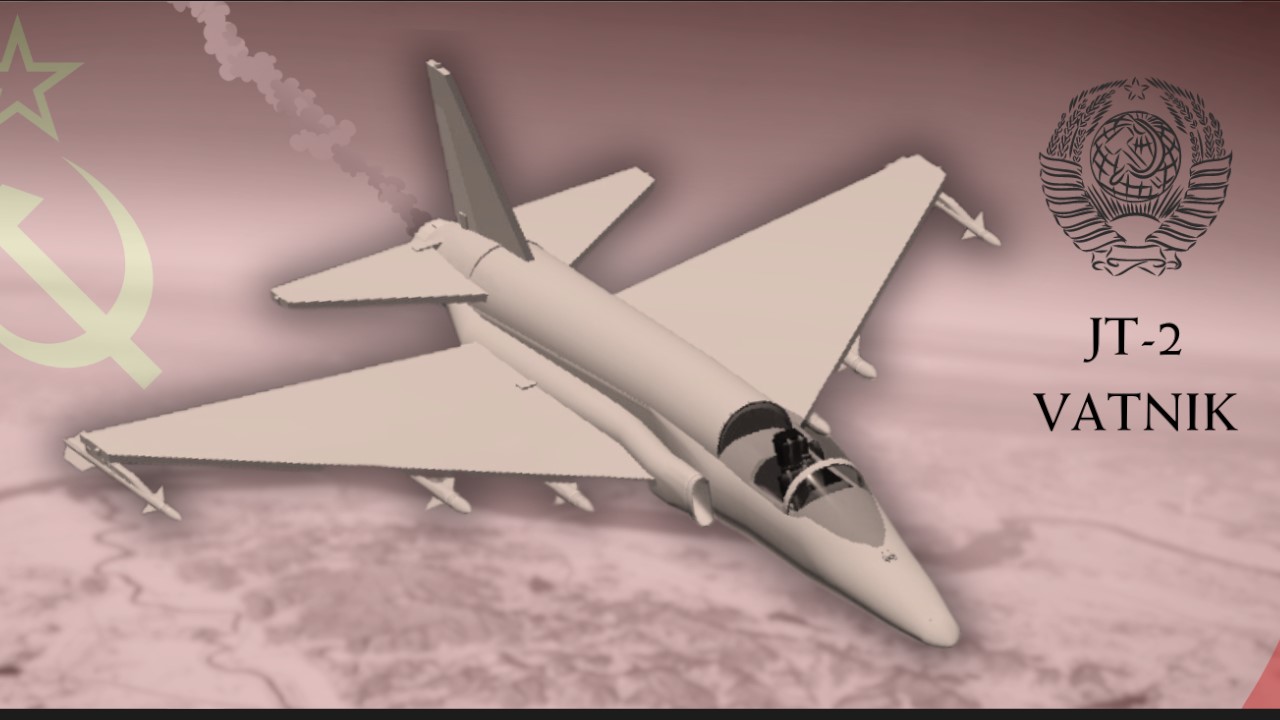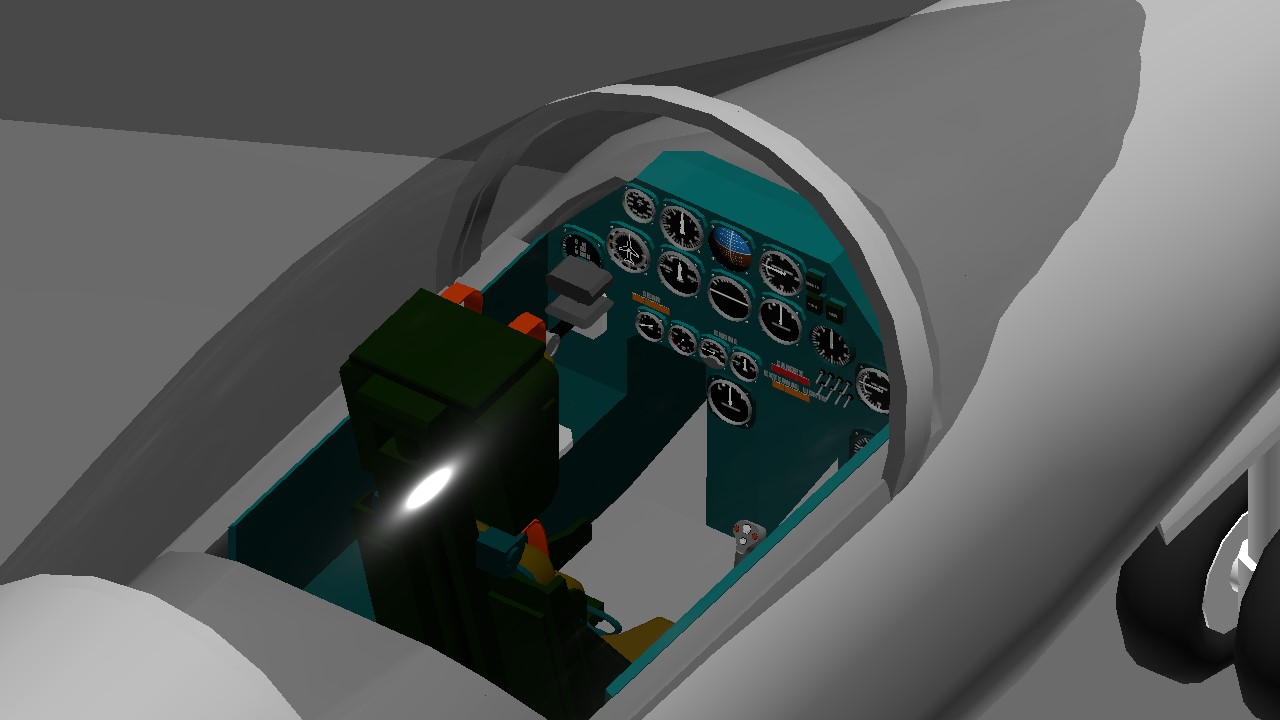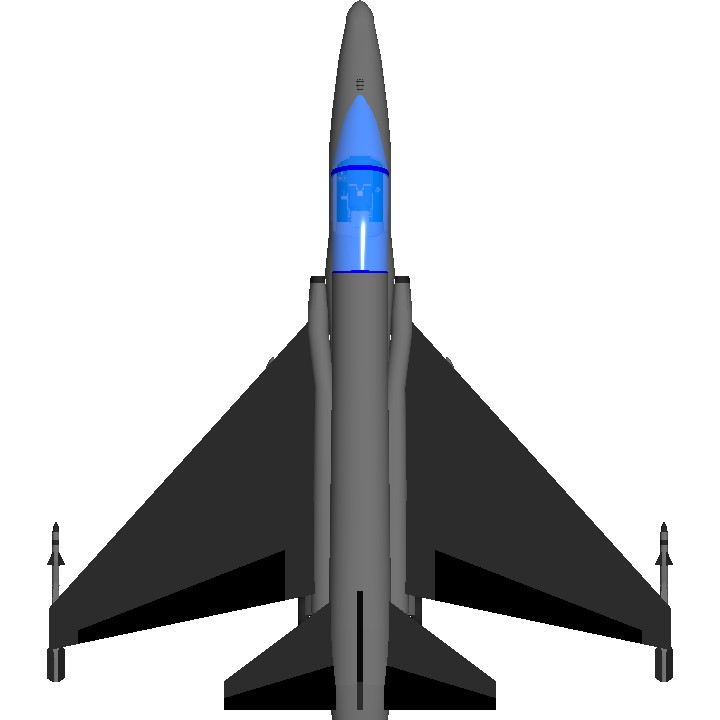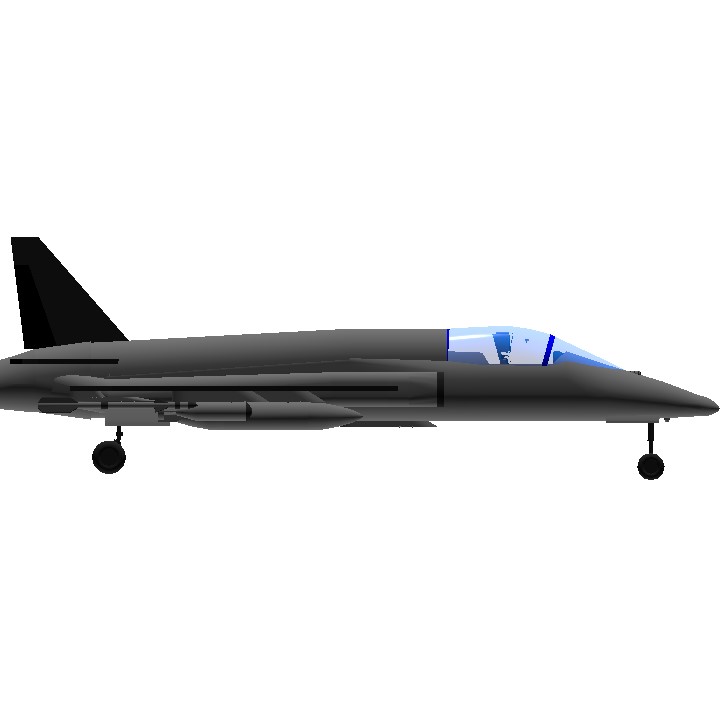The JT-2A was a Soviet light attack aircraft designed in the 1960s. It was a single-engine aircraft with a top speed of Mach 0.96. It was designed to be a cheap and easy-to-maintain aircraft that could be used for a variety of missions, including ground attack, reconnaissance, and air defense.
The JT-2A was powered by a single BFE 150 engine, which gave it a maximum thrust of 150 000 Newtons. It had a range of 800 miles and could carry a payload of up to 3,000 pounds. The aircraft was armed with a variety of weapons, including a 20mm cannon, air-to-air missiles, and air-to-ground missiles.
The JT-2A was never actually built, but it was a popular design among Soviet military planners. It was seen as a way to supplement the more expensive and complex Sukhoi Su-7 and MiG-21 fighter jets. The JT-2A was also seen as a potential export aircraft, and it was offered to a number of countries, including Egypt, India, and Syria.
However, the JT-2A never entered production. The Soviet military decided to focus on the development of more advanced fighter jets, such as the MiG-23 and MiG-25. As a result, the JT-2A was never more than a paper aircraft.
Despite its lack of production, the JT-2A remains a popular subject of speculation among aviation enthusiasts. Some believe that the aircraft could have been a successful design if it had been built. Others believe that it was simply too outdated by the time it was designed.
Regardless of its potential, the JT-2A remains a fascinating example of Soviet aircraft design. It is a reminder of the Cold War era, when the Soviet Union was constantly developing new aircraft to keep up with the West. The JT-2A may never have flown, but it is a testament to the ingenuity of Soviet engineers.
Specifications
Spotlights
- BananaFire109 2.4 years ago
General Characteristics
- Predecessor JT-1
- Created On Android
- Wingspan 36.2ft (11.0m)
- Length 42.2ft (12.9m)
- Height 14.1ft (4.3m)
- Empty Weight 13,818lbs (6,267kg)
- Loaded Weight 19,778lbs (8,971kg)
Performance
- Power/Weight Ratio 1.874
- Wing Loading 52.8lbs/ft2 (257.7kg/m2)
- Wing Area 374.7ft2 (34.8m2)
- Drag Points 3392
Parts
- Number of Parts 105
- Control Surfaces 7
- Performance Cost 642







@BananaFire109 thanks
Very cool